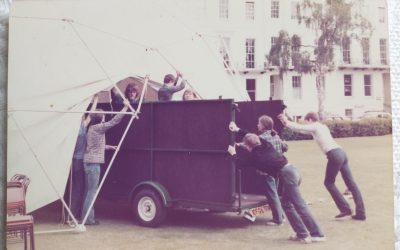I’m preparing for my two appearances at the London Piano Festival in King’s Place on Saturday October 5. At 2pm I have a solo lecture-recital on Schubert’s A major Sonata D959. At 7pm I’ll be joining the other festival pianists in a ‘two-piano marathon‘ concert.
Most people think of piano duets as two players sitting cosily side by side at a single keyboard. That’s the most popular form of piano duets. But there are also many splendid works for two pianos, known as ‘duos’ to distinguish them from duets. Duos are less often encountered because of the rarity of finding two equally good pianos in the same rehearsal room, or on the same platform.
When there are two grand pianos on stage, you have to decide whether to have them opposite and nestling into one another, top-to-tail (the most space-saving solution), or side by side, which not all concert platforms can accommodate. If the pianos are nose-to-tail, your fellow pianist is quite a long way away from you. You can see their head bobbing about, but you cannot see their hands. Co-ordination is tricky. There’s only so much you can deduce from the other person’s head movements.
You might think that playing piano duets or duos would be easy for pianists, but it isn’t. Each note on the piano has a definite moment when the key goes down and the hammer strikes the string. Two pianists therefore have to co-ordinate their ‘attack’ very precisely, or the chords will sound ragged. As one doesn’t come across piano duos very often, one doesn’t have much chance to practise the art of synchronizing with another pianist. I’m much more used to playing chamber music with string or wind players. And when I do play with other pianists, it tends to be four hands at one keyboard.
So I am looking forward to plunging into the world of piano duos with Charles Owen and with Tim Horton at the London Piano Festival on October 5.




0 Comments